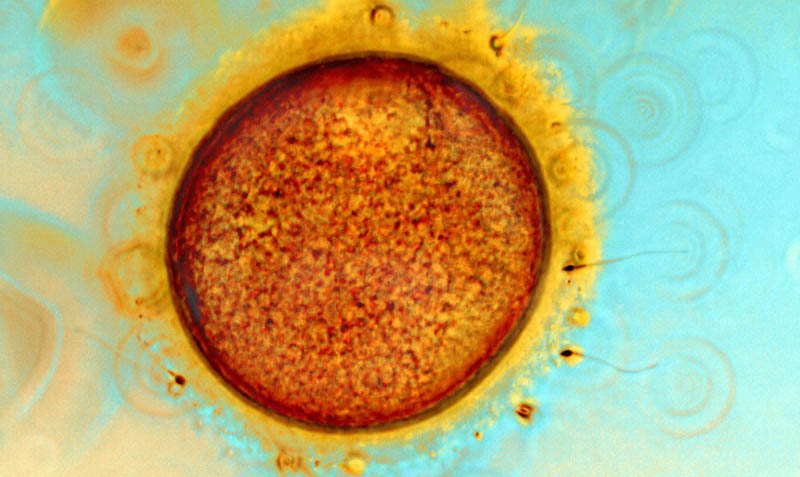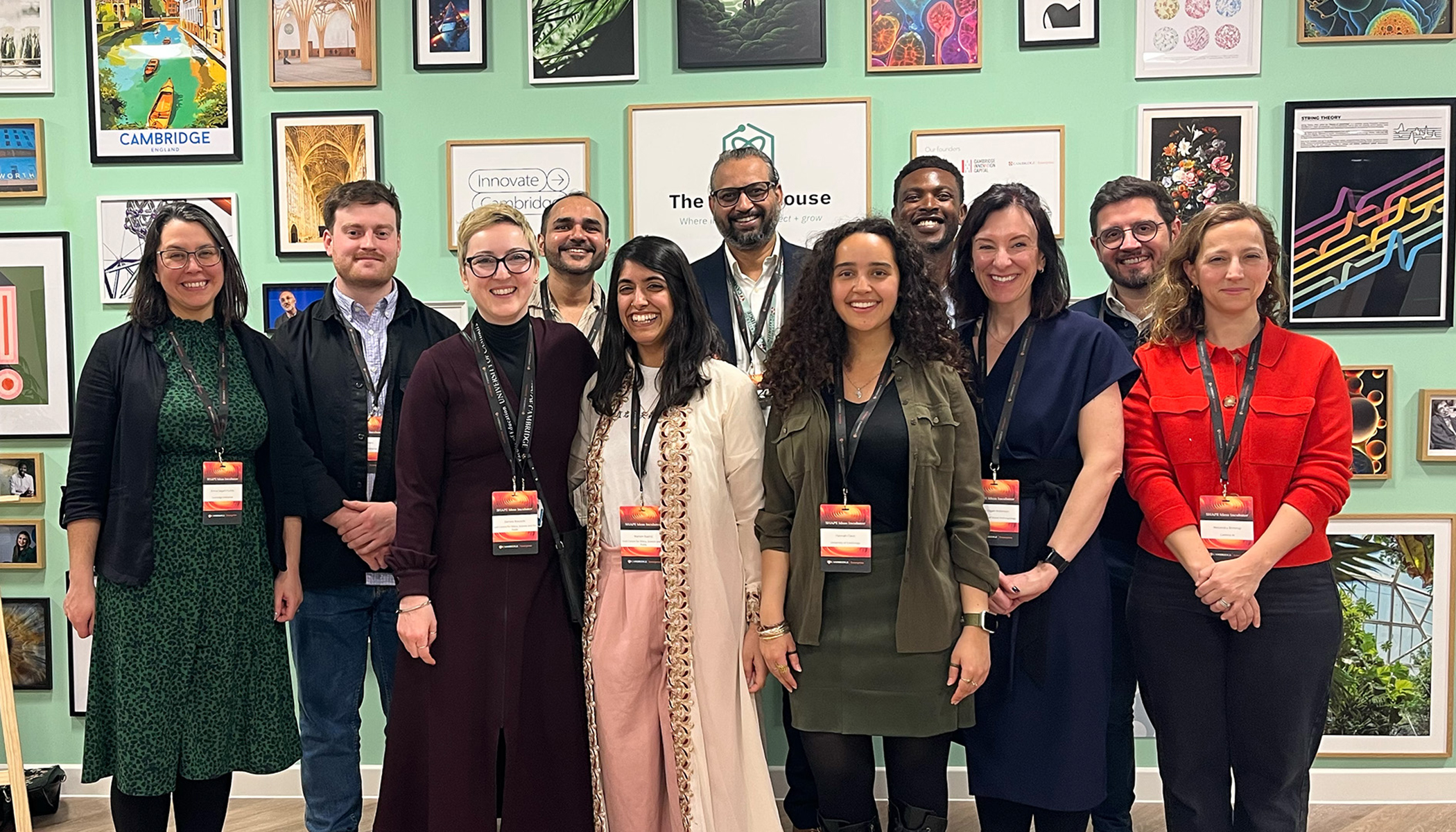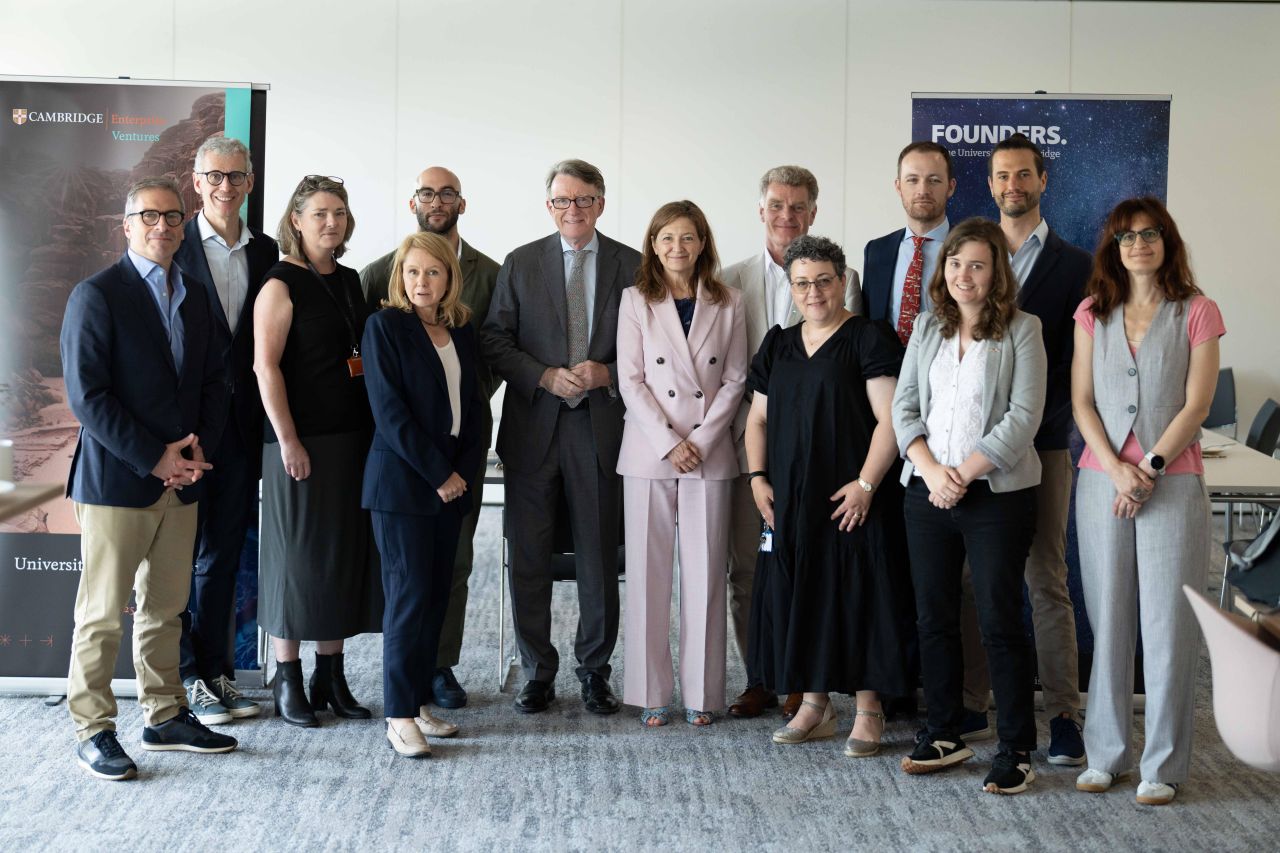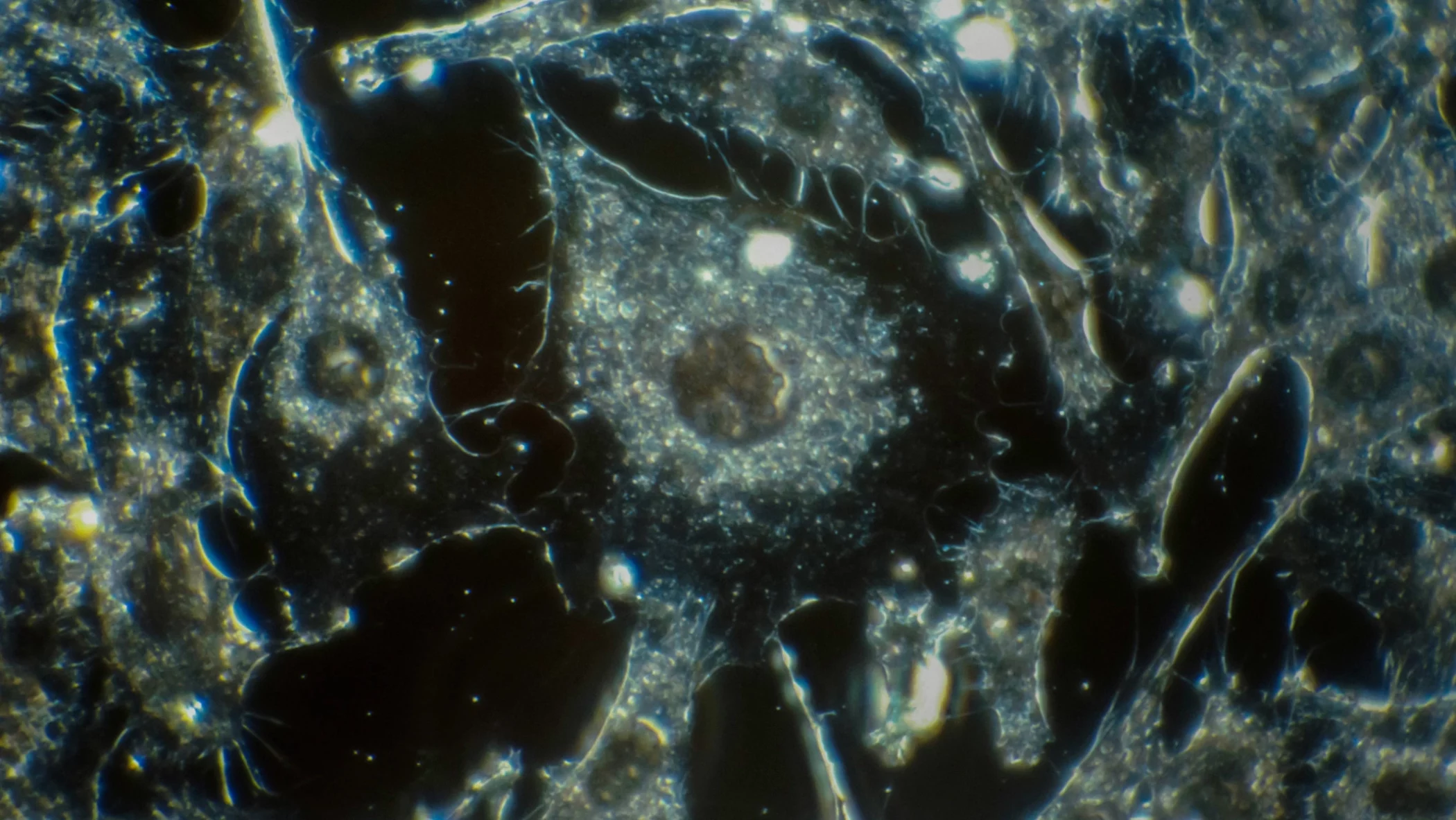University of Cambridge spin-out BlueGnome, which specialises in the screening of genetic abnormalities associated with developmental delay, cancer and infertility, has been sold to US-based life sciences company Illumina, a leading developer, manufacturer, and marketer of life science tools and integrated systems for the analysis of genetic variation and function.
BlueGnome, which was founded in 2002 by Cambridge graduate Dr Nick Haan and Graham Snudden, is one of the fastest-growing biotechnology companies in the UK. The company’s products are supplied to hospitals, specialist genetic centres, and IVF clinics in more than 40 countries.
This year, the company opened a new North American headquarters near Washington, DC, was named to the Sunday Times tech Track 100 list for the second consecutive year, and won in the International Trade category of the Queen’s Award for Enterprise, the UK’s most prestigious business award.
This link with a major company further strengthens the international ties which are so important to the continued success of the Cambridge cluster, the leading biotechnology cluster in Europe.
Professor Sir Leszek Borysiewicz
The company’s core 24sureTM platform, launched in 2009, screens human embryos for chromosomal abnormality (aneuploidy), which is a major cause of miscarriage and IVF failure. Chromosome abnormality rates in young patients can be up to 40%, and up to 70% in patients over the age of 40. 24sure shows enormous potential for increasing the success of IVF – a recent study published in the Journal of Molecular Cytogenetics showed that 24sure increased success rates by 65%.
BlueGnome was also one of the first companies to receive funding from Cambridge’s Challenge Fund, which is the most successful of all university Challenge Funds: companies receiving funding from the Challenge Fund have gone on to raise over £117m in follow-on funding, leveraging the University’s original investment by over 34x.
“This sale is just one example of the enormous impact of Cambridge research and of the companies which grow around our research base,” said Professor Sir Leszek Borysiewicz, Vice-Chancellor of the University of Cambridge. “This link with a major company further strengthens the international ties which are so important to the continued success of the Cambridge cluster, the leading biotechnology cluster in Europe.”
In Illumina’s announcement of the acquisition today, the company’s president and CEO, Jay Flatley, said, “The BlueGnome acquisition supports Illumina’s goal to be the leader in genomic-based diagnostics and enhances the company’s ability to establish integrated solutions in reproductive health and cancer. BlueGnome is the leader in the rapidly growing IVF market and is well-known for their software and comprehensive assay workflows.”
“By joining forces with Illumina, we will be able to leverage the industry’s leading microarray and sequencing platforms for our next generation products,” said Dr Haan. “The throughput and data quality of Illumina’s sequencers enable us to consider revolutionary new approaches to genetic testing.”
The company’s founders, Nick Haan and Graham Snudden, will continue to lead BlueGnome which will report to Illumina’s Diagnostics business. In addition to its headquarters in Cambridge, BlueGnome has offices in Fairfax, Virginia and Singapore.
Photo credit: Egg and sperm, by Wellcome Images via Flickr
Tags: BlueGnome, graham snudden, illumina, nick haan, sale











